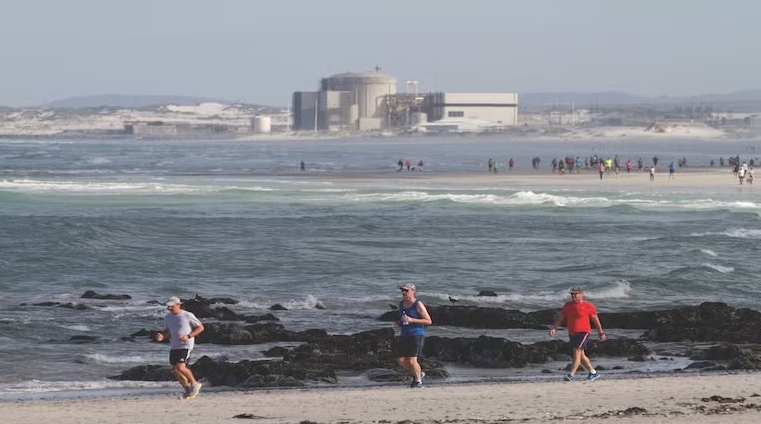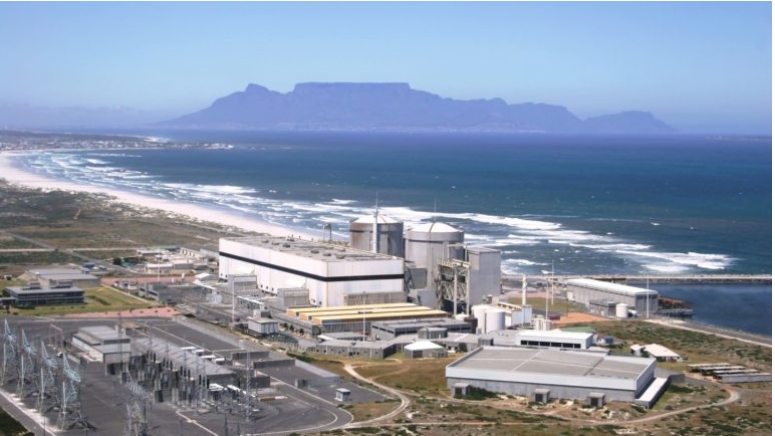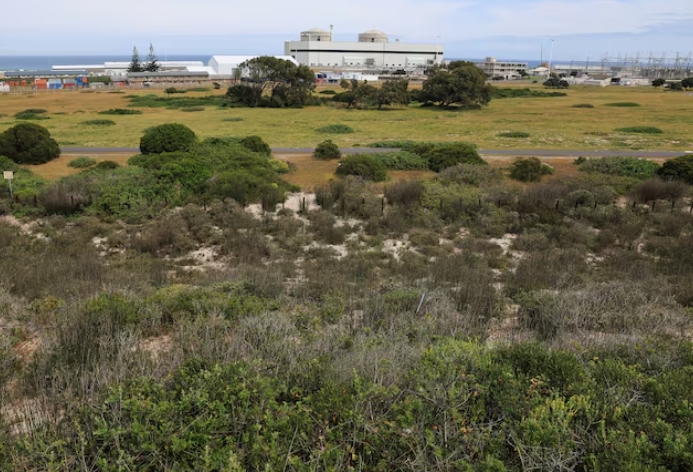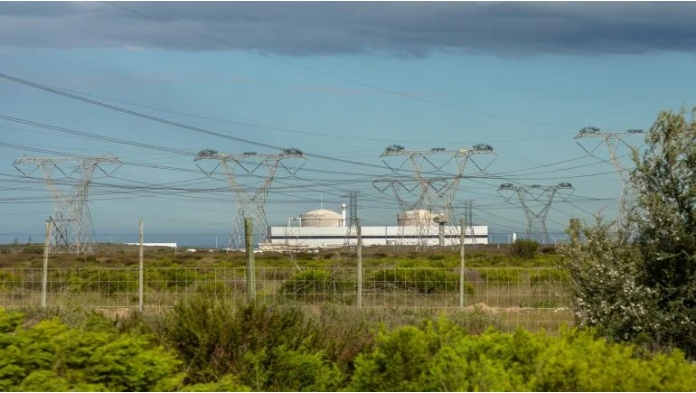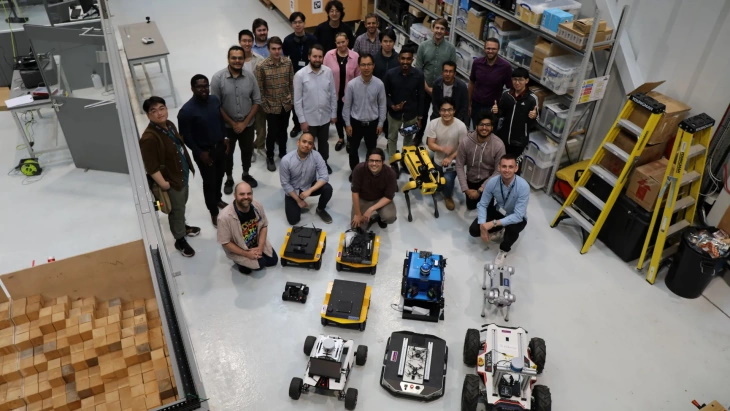
Engineers from University of Glasgow, University of Manchester, Bristol Robotics Laboratory and Heriot-Watt University have developed a system to enable wheeled, four-legged and airborne robots to collaborate and complete tasks that could be difficult or harmful for humans to undertake on their own.
Using the system, a single human supervisor can remotely observe the actions of the robots as they share sensor data between themselves, combining their abilities to achieve results far beyond the reach of a single machine.
SMuRFs could offer a safer, faster method of monitoring nuclear facilities, as well as opening up new opportunities for the maintenance of engineering infrastructure in challenging environments, such as offshore wind power platforms.
In a paper published in the journal IET Cyber-Systems and Robotics, the researchers outline how they deployed the SMuRF in a practical demonstration at the Robotics and Artificial Intelligence Collaboration (RAICo) facility in Cumbria. RAICo is a collaboration between the UK Atomic Energy Authority, the Nuclear Decommissioning Authority, Sellafield Ltd and the University of Manchester.
During the demonstration, the SMuRF successfully completed an inspection mission in a simulated radioactive storage facility containing some of the challenges found in real nuclear power decommissioning environments.
The robots' ability to collaborate is the result of a sophisticated computer system developed by the researchers, which they call a 'cyber physical system' (CPS). The CPS is capable of communicating with up to 1600 sensors, robots and other digital and physical assets in near to real-time. It also allows robots with very different abilities and operating systems to work together and most importantly, update the human operator.
The data collected and processed by the CPS enables the creation of a 3D digital twin of a real space. That allows the SMuRF to navigate around the space and carry out tasks with minimal oversight, while providing human operators with a wealth of data via a specially-designed digital dashboard to help the SMuRF make informed decisions if required. Human operators can also take direct control of the robots if they need to.
Combining the robots’ abilities allowed them to complete a series of tasks often applied to radiation monitoring around nuclear sites known as post-operational cleanout. The robots collaborated to map the environment, creating a 3D digital twin of the space using their onboard sensors, which was supported by further mapping from an aerial drone piloted by a human operator.
"The robots we programmed and designed in this prototype SMuRF each have their own unique abilities and limitations, as well as their own operating systems," said Daniel Mitchell of the University of Glasgow's James Watt School of Engineering. "During the deployment of the SMuRF at RAICo, we were able to show how well the robots can work together and how the digital twin we built can provide remarkable situational awareness for human operators. That could make them ideally-suited for the challenges of working in potentially hazardous environments such as nuclear inspection and decommissioning. Humans will still be required to oversee and direct the robot fleet, but their high level of autonomy could help keep people safe by allowing them to interact with the robots from their desks instead of visiting work sites."
"These kinds of autonomous robotic fleets have a great deal of potential to undertake a wide range of dangerous, dirty, dull, distant and dear jobs," added David Flynn, Professor in Cyber Physical Systems at the University of Glasgow. "The next step for our research is to integrate a wider range of robots in our fleets, with even more diverse abilities to sense their surroundings, move through them in new ways, and manipulate objects."


